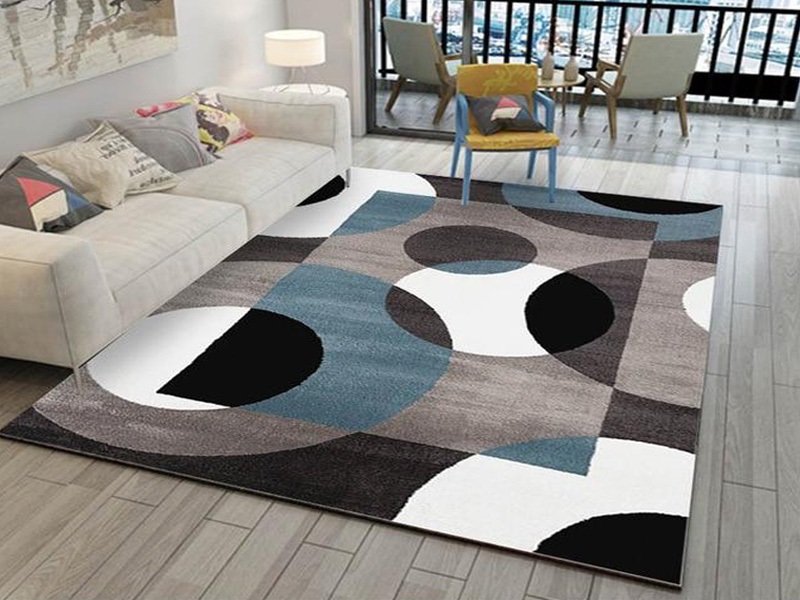What Are The Uses Of Carpet Flooring And Benefits
The carpet provides warmth and comfort. The carpet maintains heat longer than other flooring materials in colder climes or seasons. This feature, in addition to keeping your home warm in the winter, saves electricity. In addition to making a space feel warmer, carpet provides a comfy place for relaxing, playing, or working.
Did you know what are the uses of carpet flooring and the benefits? Why carpet flooring is so useful in our daily life and what are the types of carpets?
Carpet always gives the best look to your home, and after the installation of the carpet, your home looks antique and classy.
Introduction – Carpets are made of woven fibers and come in a variety of designs, patterns, and colors. The rug provides a non-slip surface, adds warmth, and absorbs sound because of its cushioned surface. In addition to being among the most reasonably priced flooring options, most carpets have been treated as static, stain, and filth resistant, making them exceptionally simple to clean and maintain.

What Are The Types Of Carpet
Nylon
One of the most popular synthetic fiber options for carpets is nylon. Although we wouldn’t go so far as to state that nylon now makes up the majority of carpet kinds, there is still quite a number.
Polyester
Though slightly less expensive than nylon, polyester is substantially comparable to nylon. It has high wearability, is moisture- and stain-resistant, and is similar to nylon. Additionally, when made into a thick pile, polyester is remarkably soft.
Cotton
Cotton is soft. Like, amazingly soft! It is one of the most costly carpet varieties since it is entirely organic.
Although it is difficult to remove stains from cotton, it is simple to clean. Like most natural carpet types, this kind of high-maintenance, fade-prone carpet fiber is best suited for areas where kids and pets won’t spend a lot of time.
Wool
One of the most excellent materials for carpeting in your home is wool. It is a sturdy, durable natural fabric of the highest grade. Regular cleaning will keep it stain-resistant and keep it from becoming filthy.
The drawback of wool carpet is that it is difficult to maintain. You wouldn’t want to place it in a room that receives direct natural light since the colours might fade. Additionally, it might cost up to twice as much as carpet made of synthetic fibres.
Sisal
Another natural fibre made from the Sisal cactus plant is sisal. The strength of the sisal fiber makes the rug very durable, but it is not as soft as natural wool or synthetic rugs.
Due to its strength and ease of maintenance, sisal also makes a great outdoor material. That’s why so many people cover their patios with sisal-type carpets!
Almost exclusively, sisal is used to create area rugs, but it can also be used to make carpets.
Triexta
Mohawk’s Smartstrand carpet is the most well-known carpet made using triexta. It’s a synthetic fabric that is relatively new to the carpet industry. Triexta is a great sustainable, regenerative carpet fibre as a result.
Triexta is comparable to nylon or polyester in that it is strong, smudge-proof, easy to clean, and incredibly soft. The most significant disadvantage is that vacuuming could be difficult because of the tiny fibres.
Triexta carpets are extremely dense because they contain three times as many fibres as regular carpets. Because of this, it may be hard for a vacuum cleaner around it.





Comments
Post a Comment